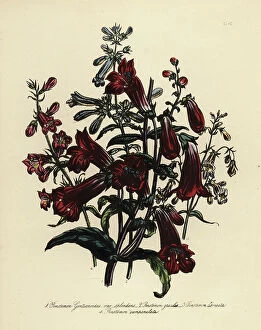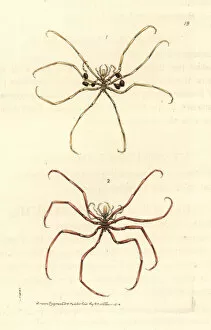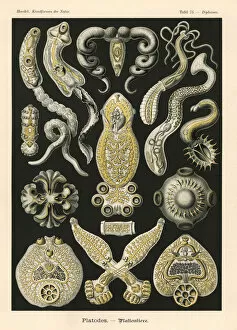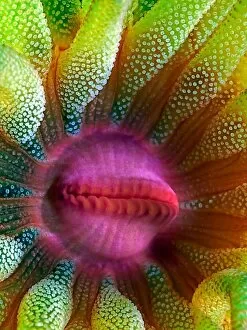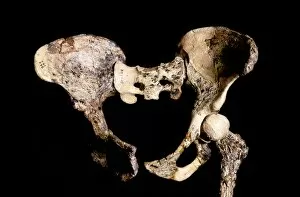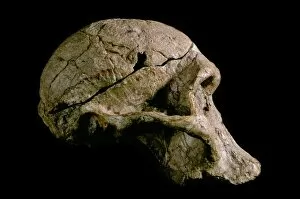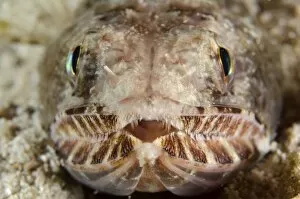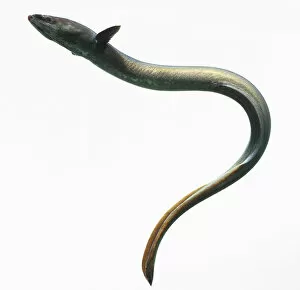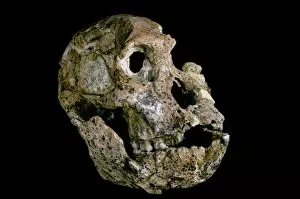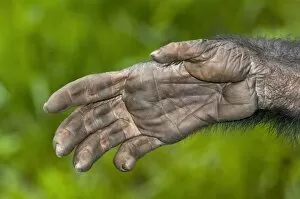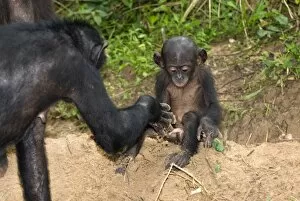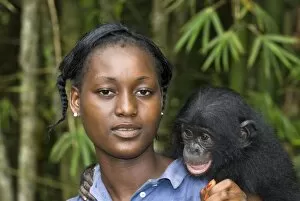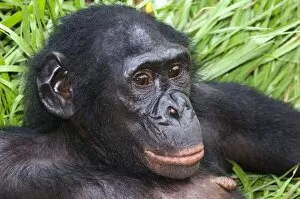Gracile Collection
"Discovering the Grace of Nature: From Sea Spiders to Bonobo Apes" In the depths of the ocean
For sale as Licensed Images
Choose your image, Select your licence and Download the media
"Discovering the Grace of Nature: From Sea Spiders to Bonobo Apes" In the depths of the ocean, graceful sea spiders like Nymphon gracile and Nymphon hirtum dance through the currents with their delicate legs. These enchanting creatures remind us of the beauty that lies beneath. Moving onto land, we encounter another form of grace in Platodes worms, flatworms, and tapeworms. Despite their humble appearance, these slender organisms navigate their environments with elegance and efficiency. Venturing into coral reefs, a mesmerizing Cup Coral Portrait captures our attention. Its intricate structure and vibrant colors showcase nature's artistic touch. Meanwhile, amidst lush forests, Bonobo apes engage in an intimate mating ritual. Their gentle movements and tender expressions reveal a profound connection between individuals within this remarkable species. Transitioning to flora, Pentstemon or Penstemon species stand tall with slender stems adorned by exquisite blossoms. Their delicate petals sway gracefully in the breeze as they attract pollinators from afar. Shifting gears back to our ancient ancestors' world, we explore Australopithecus africanus pelvis STS-14 C015 / 6919. This fossilized relic reminds us of humanity's evolutionary journey towards becoming upright beings - a testament to our own gracefulness throughout time. Returning underwater once more brings us face-to-face with the Slender Lizardfish (Saurida gracilis). Its streamlined body glides effortlessly through Lembeh Straits' crystal-clear waters off Sulawesi Island in Indonesia. A close-up reveals its intricate head features - an embodiment of aquatic elegance. Continuing our exploration around Padar Island within Komodo National Park unveils yet another Slender Lizardfish (Saurida gracilis) adult closely observing its surroundings with piercing eyes. The harmony between its sleek physique and keen senses showcases nature's ability to create perfectly adapted creatures.

